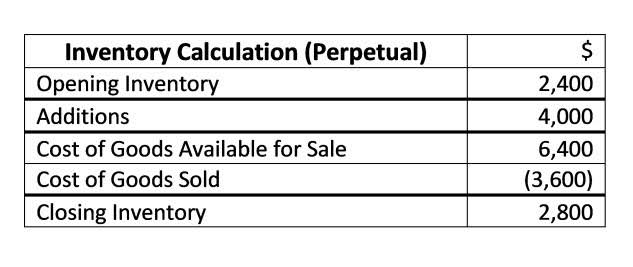
Tesla’s first-mover advantages, coupled with its recuring GAAP profits, have made it a popular stock to own. Mosesmann’s optimism for the top-performing megacap stock of 2023 has to do with its role as the infrastructure backbone of the artificial intelligence (AI) movement. Nvidia’s A100 and H100 graphics processing units (GPUs) account for between 80% and 90% of the share of GPUs currently deployed in high-compute data centers. Vodafone has delivered something we expect out of telecommunications companies (extremely stable revenues) as well as something we don’t (explosive profit growth).
A company may prefer a stock split or a stock dividend depending on their strategy and policies for long-term business growth. This decision is also influenced by the expectations of a company from their shareholders, and they want the investors to reach the market while making sales and purchases of the company’s shares. A company may decide to declare a stock split because it feels that its share price is too high, which may deter potential stock dividends vs stock splits investors or make it seem out of line when compared to competitors’ stock prices. Companies may decide to pay stock dividends to their shareholders instead of cash if it wants to use cash for other purposes, like investing in future growth. This may or may not appease shareholders who have been used to receiving cash dividends on a regular basis. The composition of the shareholder’s equity is changed in the case of a stock dividend.
What Is the Difference Between a Stock Dividend and a Cash Dividend?
Although stock dividends and splits occur far less frequently than cash dividends, a significant number of companies choose to use these share distributions either with or in lieu of cash dividends. This is because it results in the transfer of the part of retained earnings to paid-up capital. It actually transfers the company’s general reserves into share capital. General Reserves comprise the share premium which the company receives from the shareholders. These payouts have next to no track record, and they’re semi-annual to boot, making them less than ideal for regular retirement expenses.

After the introduction to stock splits, we can now discuss if they are useful for a firm or not and why a firm should go for a stock split. A stock split typically indicates that a company is succeeding and that its stock price has increased. This is advantageous, but it also implies that stockholders now have to pay more for it.
Key Differences Between Stock Dividend and Stock Split
In contrast, the price per share following the 3-for-1 stock split will be lowered by dividing the previous share price by 3. This is because a stock split does not affect the company’s market capitalisation. The answer is not in the financial statement impact, but in the financial markets. Since the same company is now represented by more shares, one would expect the market value per share to suffer a corresponding decline. For example, a stock that is subject to a 3-1 split should see its shares initially cut in third. The benefit to the shareholders comes about, in theory, because the split creates more attractive opportunities for other future investors to ultimately buy into the larger pool of lower priced shares.
- In April, the company’s board authorized $70 billion in share repurchases.
- Data from GlobalStats shows that Google accounted for an astonishing 91.54% of worldwide search share in November.
- Apple’s outstanding shares increased from 3.4 billion to approximately 13.6 billion, while the market capitalization remained largely unchanged at $2 trillion.
- A dividend is a distribution of earnings that a corporation makes to its shareholders.
- On the other hand, dividends involve issuing new funds, which can affect a company’s balance sheet by decreasing its cash reserves to pay the dividend.
- Someone on our team will connect you with a financial professional in our network holding the correct designation and expertise.
- That’s because a stock split does not alter the company’s value as measured by market capitalization.
Unless the corporation offers the option of receiving the dividend in cash or stock, the share dividend, like any other stock, is not taxed until the investor sells it. A stock dividend may require newly received shares to be retained for a certain amount of time before being sold. A stock dividend’s holding period generally starts just after it is purchased.
What is Stock Dividend?
When a company declares a stock dividend, it must lower its stock price to balance the increase in the number of outstanding shares. In both cases, the company’s overall net worth in terms of assets compared to liabilities does not change. From both the investor’s and the company’s perspectives, when a stock dividend is paid, the total value of equity remains the same. All stock dividends, on the other hand, necessitate a journal entry for the firm issuing the dividend. The value of the issued shares is transferred from the retained earnings account to the paid-in capital account with this entry. A dividend is a distribution of earnings that a corporation makes to its shareholders.
It offers a modest quarterly dole that comes out to a yield of about 3%, then pays out (sometimes massive) specials as profits allow. For years, it had paid a fat $3.50 annual special dividend, and it bumped that up to $4 in 2021, then $4.31 in 2022, though it pulled back that payout a bit to $3.84 in 2023. The regular dividend, though, continues to head in the right direction. In April, the company’s board authorized $70 billion in share repurchases. Since this decade began, Alphabet has bought back $186 billion worth of its common stock.